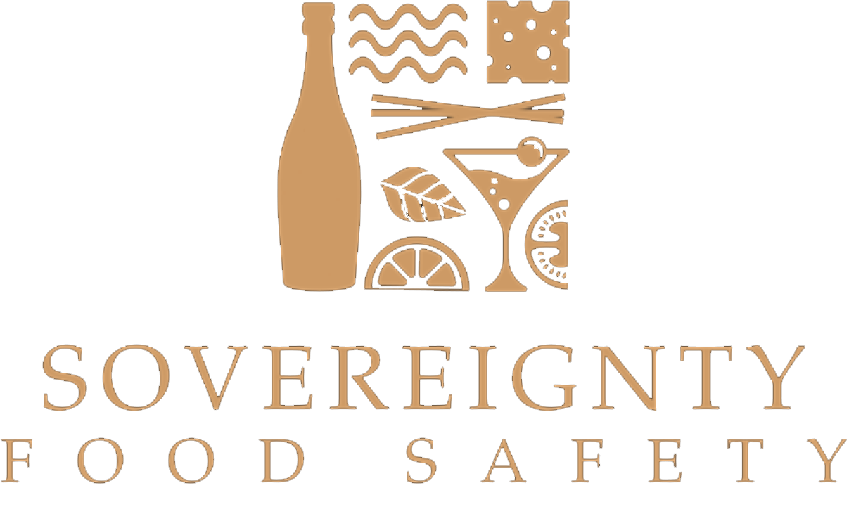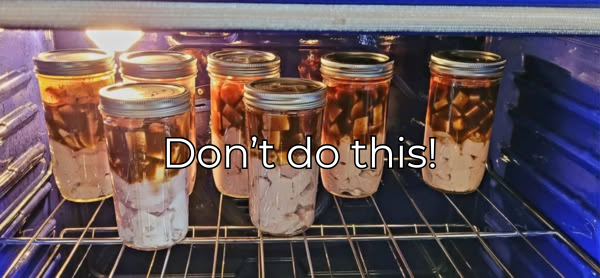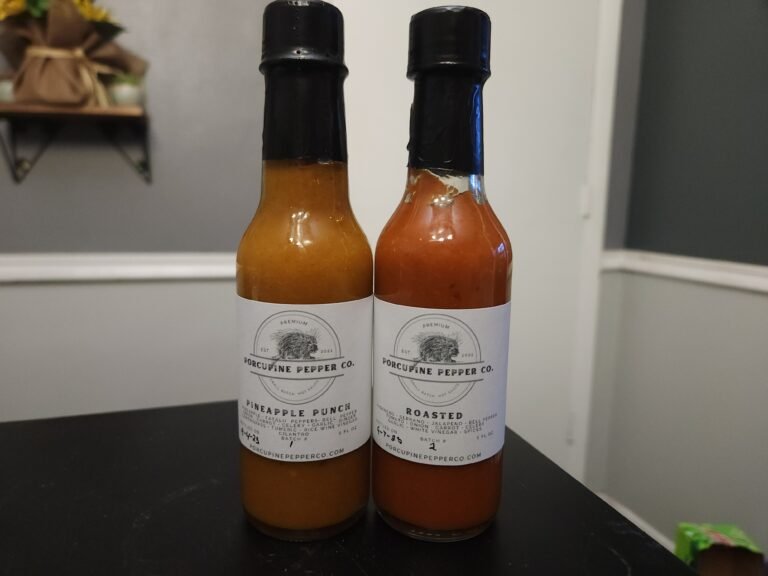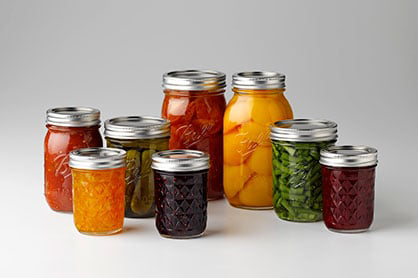A personal reckoning with food waste, disconnection, and the urgent need to rebuild our food systems from the ground up.
By Chef Chris Galipeau | Sovereignty Food Safety
For years, I worked in fast-paced, high-end kitchens where every plate was a performance. Tasting menus. Wine pairings. Garnishes placed with tweezers. It was intense, technical, and often beautiful. But somewhere in the middle of all that perfection, I started to feel a disconnect — from the ingredients, from the land, and from what food meant to me in the first place.
Fine dining taught me how to chase excellence. But it also taught me what I was missing.
Perfection Over Purpose
In fine dining, consistency is king. Carrots are cut to identical lengths. Meats are trimmed with surgical precision. Everything is measured, calibrated, polished. Anything “imperfect” is discarded. We cooked for the eyes as much as the palate — and in that relentless pursuit of refinement, something essential was lost.
We rarely knew the story behind the food that came in the back door. Most ingredients were flown in, boxed, labeled, and pre-trimmed. The farmer, the fisherman, the field — all invisible. What mattered was execution.
Looking back, I don’t regret that time. I’m grateful for the discipline, the techniques, the high standards. But real food — the kind that feeds your body, your memories, and your life — usually doesn’t come plated under a heat lamp or garnished with gold leaf.
The Cost of “Perfect” — and the Price of Distance
One of the hardest truths I learned in that world was how much waste we treated as normal. Carrots tossed for being crooked. Herbs discarded for a single wilted leaf. Bones, fat, and vegetable trim — things our grandparents or great-grandparents would have turned into broth, pickles, or preserves — thrown away in the name of aesthetic purity.
And the food itself? It came from everywhere and nowhere. I’ve worked in kitchens where lamb arrived from Ireland, truffles from France, and fish from Japan — even when local options were in season, just down the road. Eventually, I started building relationships with nearby farmers, ranchers, and fishermen. I learned their names, their practices, their struggles. But even then, the gap remained — between the people who raised the food, the chefs who prepared it, and the guests who consumed it.
We knew how to showcase ingredients. But we rarely honored them. We rarely helped people understand their story. It ended at the plate.
And let’s be honest: this isn’t just a fine dining problem. This is systemic. It’s how we’ve built our food economy. From high-end kitchens to supermarket shelves, we throw away staggering amounts of food not because it’s unsafe or unusable — but because it doesn’t look the way we’ve been taught it should.
That kind of waste would have been unimaginable to the generations who lived through the Great Depression — or to first-generation immigrant families who came here with little and stretched every ingredient to its fullest. For many of them, food was never just nourishment — it was survival, resourcefulness, and respect. We’ve drifted dangerously far from that mindset.
Meanwhile, millions of people in this country — including working families, elders, and children — live with food insecurity every single day. Perfectly edible food is trashed by the ton while neighbors go hungry. And it’s not because we don’t have enough — it’s because our systems value appearance and convenience over access and equity.
This isn’t just waste. It’s policy failure. It’s broken logistics. It’s a cultural shift that says food is a commodity, not a human right.
That’s something I’ve worked hard to change — plate by plate, class by class, conversation by conversation.
The High Price of Disconnection
There’s a real-world cost to this distance — one we pay at the register and again in our communities.
Every time we ship ingredients across the globe, we’re paying for fuel, packaging, refrigeration, and logistics. We’re told food is expensive, but the cost isn’t just in the ingredients — it’s in how far we’ve let our food drift from its source.
Meanwhile, local growers and producers — folks raising nutrient-rich, seasonal food — often struggle to stay afloat. They’re up against a system that favors image over integrity, shelf life over soil health. When we bypass them, we don’t just waste resources. We drain local economies, weaken food security, and deepen our dependence on fragile, global supply chains.
And we forget that better options are growing all around us.
Rebuilding those relationships isn’t just good ethics — it’s smart economics.
Time, Distance, and Freshness
There’s a hidden timeline behind most food on grocery store shelves. A piece of meat might be slaughtered, processed, packed, and shipped hundreds — even thousands — of miles before it lands in a refrigerated case. That journey can take two to seven weeks. Longer if it crosses borders.
Vegetables aren’t much different. They’re picked early, before ripening, so they can survive shipping. In the process, they lose flavor, texture, and nutrients. That “fresh” produce? It’s often two to three weeks old by the time it reaches your kitchen.
But the loss of quality isn’t the only concern.
Industrial farming operates on a massive scale — thousands of acres, worked by people who often lack access to proper sanitation. It’s a reality most people never think about: when farmworkers don’t have bathrooms nearby, contamination becomes a risk. The E. coli and Listeria outbreaks you hear about? They’re often traced back to fecal matter in the fields — human and animal alike — and exacerbated by the sheer difficulty of monitoring waste in operations that size.
When food is produced far away, in systems too big to fully oversee, we trade safety for speed. We trade transparency for volume. We trade freshness for durability.
Now compare that to meat from a local rancher, processed days ago. Or a tomato ripened on the vine, picked that morning, still warm from the sun. That’s not just food — that’s real food. Safe, flavorful, and connected to something deeper.
When we eat from long supply chains, we’re not just consuming a product — we’re consuming time, fuel, risk, and compromise.
It doesn’t have to be that way.
Real Food, Real Connection
Today, everything I do — whether I’m cooking, teaching, preserving, or consulting — is about reconnection. Reconnecting people to their food. To the soil. To the seasons. To the cycles of growth, rest, and renewal.
Because when you understand where food comes from — how it’s grown, what it takes to raise it, the hands that brought it to your table — something shifts.
Food shouldn’t just taste good or look good. It should tell a story. It should reflect the land and season it came from, carry the knowledge of past generations, and spark new conversations. It should nourish us in every sense of the word.
Losing Recipes, Losing Roots
When we stop cooking, we don’t just lose flavor — we lose language, ritual, and identity.
Every forgotten recipe, every food word that fades from use, every tradition that slips away — it’s a thread pulled from the fabric of who we are. When grandma’s bread recipe goes unwritten, when we no longer recognize local fish or wild greens, when we stop gathering to can tomatoes or butcher a hog — we lose more than food. We lose connection.
Foodways are living traditions. They teach us where we came from and how to care for what sustains us.
I’ve met people in my classes who have never seen a tomato canned, a sausage stuffed, or a loaf of bread rise on their own counter. Not because they don’t care — but because no one ever showed them.
Reclaiming those skills isn’t about nostalgia. It’s about sovereignty. It’s about survival. It’s about remembering who we are.
Teaching What Was Almost Lost
These days, I spend less time under heat lamps and more time by fire pits, in home kitchens, and at the side of people learning to cook, can, ferment, and preserve for the first time.
I teach breadmaking, sausage making, fermentation, and canning not just as food skills — but as life skills. These are tools of resilience, of independence, of confidence in an increasingly disconnected world.
Whether I’m running a class, preparing a private dinner, or crafting a small-batch hot sauce, my goal is the same: to create something real. Grounded. Nourishing. Connected.
That’s the mission of Sovereignty Food Safety — helping people take back control, one meal and one skill at a time.
A Different Kind of Abundance
Fine dining taught me about scarcity — tiny portions, limited ingredients, food with a short season and a high price tag.
But working with real food taught me something else: abundance. The kind that comes from using every part. From preserving for leaner times. From sharing a simple meal made with care and intention.
At its best, food is more than consumption. It’s connection. It’s tradition. It’s storytelling. It’s a path toward independence — and a way home to something we’ve nearly forgotten.
Not every carrot needs to be straight.
Not every meal needs to be impressive.
Real food fills more than your plate.
It fills your life.
Potato Skin au Gratin
A zero-waste, comfort-food classic reimagined with leftover potato peels.
Servings: 4–6
Prep Time: 15 min
Cook Time: 40–45 min
Total Time: 1 hour
Ingredients
- 4 cups cleaned potato peels (from russet or Yukon Gold potatoes work best)
- 2 tbsp unsalted butter
- 1 tbsp olive oil
- 1 small onion, finely sliced or diced
- 2 cloves garlic, minced
- 1 tbsp all-purpose flour (or rice flour for gluten-free)
- 1 cup heavy cream or half & half
- ½ cup whole milk
- 1 tsp Dijon mustard (optional but adds depth)
- 1 tsp fresh thyme or ½ tsp dried
- Salt & black pepper to taste
- 1½ cups sharp cheddar, shredded (or Gruyère, Fontina, etc.)
- ¼ cup Parmesan, grated
- Optional topping: buttered breadcrumbs or crushed crispy onions
Instructions
- Prep the Peels
If the peels were stored, give them a final rinse and pat dry. If using fresh peels, make sure they are free of dirt and blemishes. If they’re thick (russets), give them a rough chop for better layering. - Sauté Aromatics
In a medium saucepan, heat butter and olive oil over medium heat. Add onions and cook until soft and translucent (5–7 min). Stir in garlic and cook for 30 seconds more. - Make the Roux
Sprinkle in the flour and whisk for 1–2 minutes to remove the raw taste. Slowly whisk in cream and milk, stirring constantly to prevent lumps. Simmer gently until slightly thickened (2–3 min). - Flavor the Sauce
Stir in Dijon mustard, thyme, and season with salt and pepper to taste. Remove from heat and stir in half of the shredded cheese until smooth. - Assemble the Gratin
Preheat oven to 375°F (190°C). In a greased 8×8-inch baking dish (or similar), layer half the potato peels, pour over half the sauce, and sprinkle with a bit of the reserved cheese. Repeat with remaining peels and sauce. Top with remaining cheese and Parmesan. Add breadcrumbs or crispy onions if using. - Bake
Cover with foil and bake for 25 minutes. Remove foil and bake an additional 15–20 minutes until golden, bubbling, and crisp on top. Let rest 5–10 minutes before serving.
Chef’s Notes:
- Storage: Keeps well refrigerated for 3–4 days. Reheats beautifully in the oven or skillet.
- Flavor Variations: Try smoked ham, roasted garlic, sliced leeks or chopped cooked bacon in the layers.
- Safety Tip: Only use clean, blemish-free peels from well-scrubbed potatoes. Avoid any green-tinged skins.
Carrot Green Pesto
A vibrant, sustainable pesto using the often-discarded tops of fresh carrots.
Yield: ~1 cup
Prep Time: 10 minutes
Total Time: 10 minutes
Ingredients
- 1 cup carrot greens, loosely packed (tough stems removed)
- ½ cup fresh parsley or basil (optional, for balance)
- ¼ cup nuts or seeds (toasted sunflower seeds, walnuts, almonds, or pine nuts)
- 1–2 cloves garlic, roughly chopped
- ¼ cup grated Parmesan or nutritional yeast (for dairy-free)
- Juice of ½ lemon (plus zest, optional)
- ½ cup olive oil (adjust as needed)
- Salt and black pepper to taste
- Optional: pinch of chili flakes or a dash of white miso for umami
Instructions
- Prepare the Greens
Rinse carrot greens thoroughly and remove any thick, woody stems. Roughly chop if needed. - Blend the Base
In a food processor or high-speed blender, combine carrot greens, parsley (if using), nuts, garlic, and Parmesan. Pulse a few times to break everything down. - Add Liquids
Add lemon juice and begin streaming in olive oil while blending until smooth. Scrape down the sides as needed. Adjust oil for desired consistency. - Season
Taste and season with salt, pepper, and optional chili flakes or miso. Blend again briefly. - Use or Store
Use immediately, or store in an airtight jar in the fridge for up to 5 days. Top with a thin layer of olive oil to reduce oxidation. Also freezes well in ice cube trays.
Chef’s Notes:
- Serving Ideas:
– Toss with pasta, roasted veggies, or grains
– Spread on sandwiches or wraps
– Use as a dip for crudité or grilled meats
– Swirl into soups or scrambled eggs - Sustainability Tip:
Use the leftover carrot shavings either baked or fried as a crispy garnish option. - Food Safety Tip:
Always wash carrot greens well—especially if homegrown—to remove grit or potential contamination.





